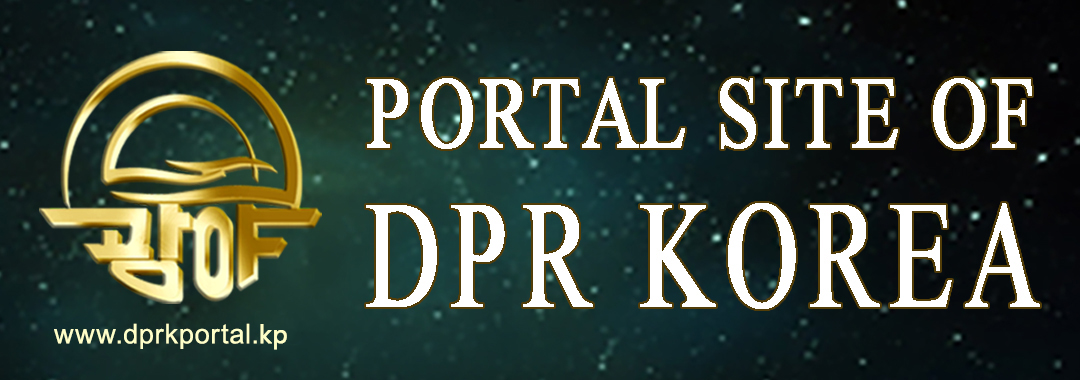

Water is one of the most important natural resources for all living organisms such as humans, animals, plants and other organisms. Providing high-quality water is a fundamental factor for human health, environmental protection and sustainable development. Water quality (WQ) is closely linked with human life and health, preservation of ecosystems, economic growth and social development.
The rapid growth and development of industry seriously affect the quality of surface and ground waters in the world. Most river systems are seriously suffering from metal pollution caused by industrial activities. In the iron and steel industry, a large amount of water is used for cooling, gas cleaning, washing operations and scale breaking, and it results in a huge quantity of wastewater. Common pollutants from wastewater include trace metals, dissolved metals, oils, suspended solids, organic compounds and inorganic pollutants. The water pollution caused by industrial activities such as iron and steel industry is one of the most critical problems that seriously threaten the ecosystem. A huge amount of industrial wastewater makes water pollution extremely serious.
Therefore, water quality evaluation (WQE) is very important in decision making for environmental protection and management. As there are different multiple WQ quality parameters, it is difficult to identify the WQ level.
Many WQE techniques have been developed and applied to WQ evaluation. Water quality index (WQI) is one of the most widely used methods for WQE.
Many works have tried to develop different WQIs by modifying the previous WQIs. By considering the previous WQE methods, the WQE problem can be considered as a multi-criteria decision making (MCDM) problem. Namely, it is a MCDM problem for evaluating and ranking the WQ levels of one or multiple monitoring sites in consideration of multiple WQ parameters.
The existing WQE methods have non-negligible disadvantages―lack of visualization and intuitivity of WQE results.
Yang Won Chol, a researcher at the Faculty of Materials Science and Technology, has developed a new effective approach to evaluate the WQ level not only quantitatively but also intuitively without requiring additional complicated graphical technique.
To this end, he proposed a new quadrant constellation graph-based water quality index (QCG-WQI) and map (QCG-WQM). The QCG-WQI evaluates the WQ level quantitatively, and QCG-WQM evaluates the WQ level intuitively.
The results of comparisons with the results obtained from the conventional multiattribute decision-making methods showed that the new method is a very effective, intuitive and quantitative water quality assessment tool.
You can find the details in his paper “A new quadrant constellation graph-based water quality index and map” in “Desalination and Water Treatment” (SCI).
